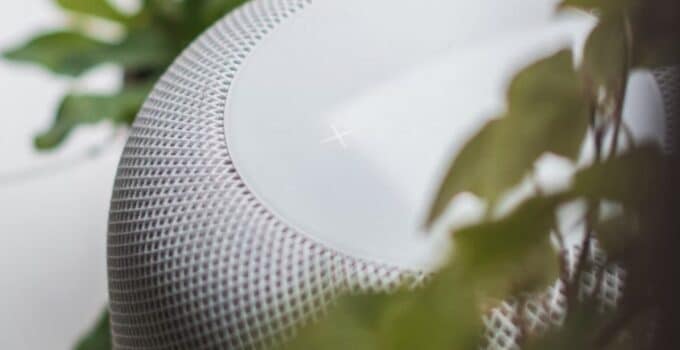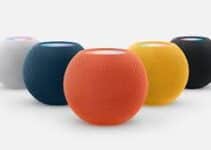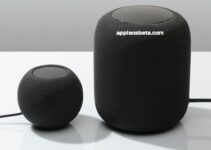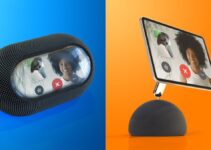Apple patents HomePod with screen. Apple has been developing new devices for the home for years, including a series of Smart Displays, as well as a more sophisticated hybrid device, halfway between HomePod and Apple TV: now a patent application emerges for a HomePod equipped with one or more screens .
Gurman confirms the increase in the display size of the iPhone 16
It’s not the first patent filed for these new devices, but it’s the first time that Apple has been named as the patent applicant. It is no mystery that one of Apple’s possible future devices is in fact a HomePod with a display, capable of presenting various contents, including videos.
From a technical point of view, Apple’s patent application states that an electronic device could have a cylindrical or cubic shaped casing and potentially other casing structures such as pyramids, cones, truncated cones, cylinders with the truncated top inclined.
Inside the enclosure, the patent reads, a loudspeaker could be mounted that emits sounds through openings in the enclosure structure. In some configurations, the document specifies, a synthesized voice could be used through the speaker.
HomePod with screen
Again, and this is the most important part, the patent also describes a visual output device, which could be integrated into the casing. This device may include electrophoretic, liquid crystal, light emitting diode, or microLED displays.
In some configurations, the visual output device may also include other light-emitting components, such as one or more light-emitting diodes that provide direct illumination or backlighting for structured openings in the enclosure, such as icons or other symbols.
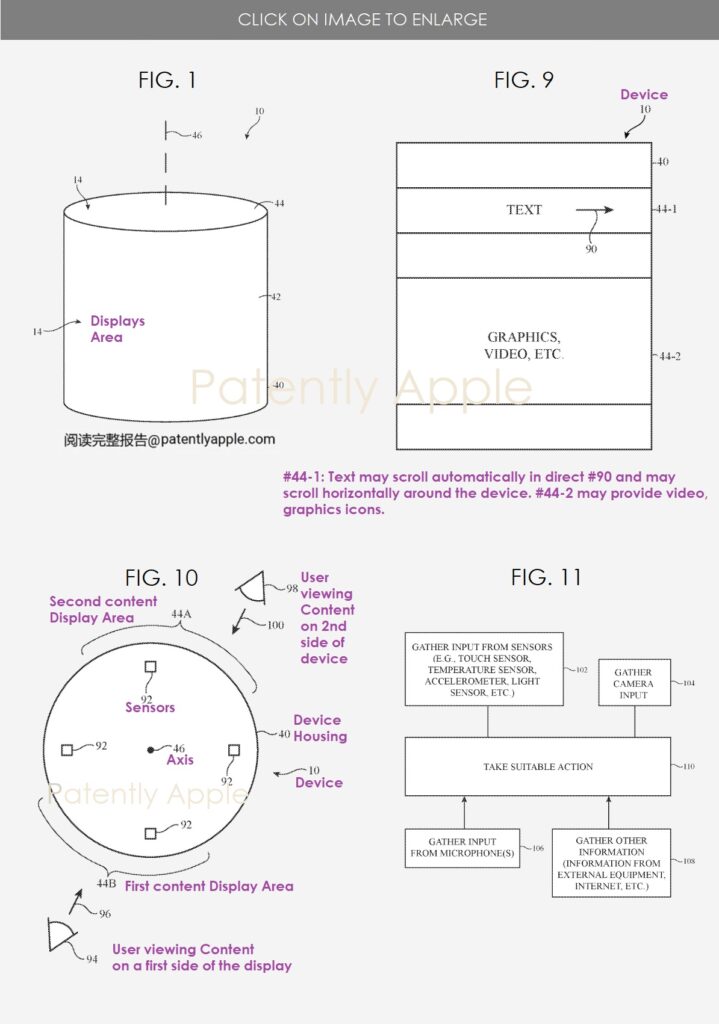
HomePod operation with display
While you are using your device, it may receive voice commands through a microphone and take actions based on those commands, along with other information. Actions could include playing sound through the speaker and displaying content through the visual output device; the screen, the document reads, could include text, video and/or other still or moving images.
In some configurations, the visual output may scroll horizontally or vertically. For example, your device might have an array of pixels that extends in a band around the circumference of the casing, and text or other content could always flow horizontally around the casing.
Figure 1 of the Apple patent represents a HomePod-like device that includes one or more displays for visual output. Figure 9, explains Patently Apple, is a side view of the device that can provide the user with still and/or moving images containing text, icons and other graphics, video (with related audio) and/or other visual content.
Furthermore, Apple specifies that the presentation of content could be customized based on criteria such as the location of the device within the home, the time of day and date, the proximity of people to the device, the operating mode (for example mode family, entertainment mode, etc.) and/or other content presentation criteria.
Figures 10 and 11 of the Apple patent represent, respectively, a top view of the device showing how different contents can be displayed simultaneously on different sides of the device and a flow diagram of the operations involved in the operation of this future device.
